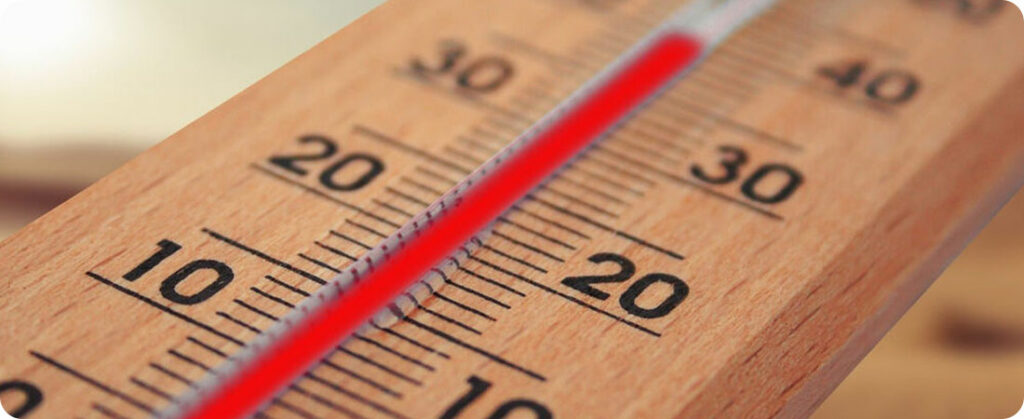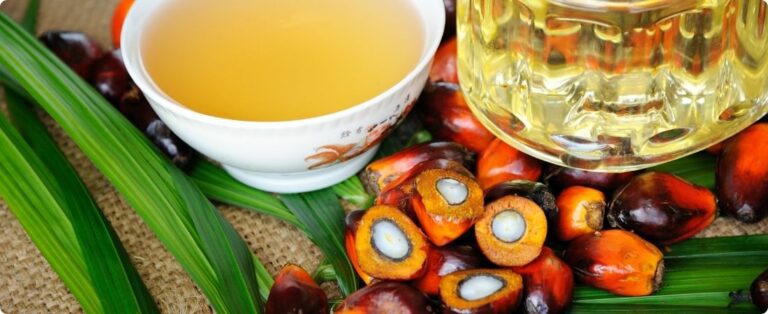
Despite challenging weather conditions in several regions of Brazil, the grain harvest continues its course in the country's main producing areas. According to information from the Mato Grosso Institute of Agricultural Economics (Imea), soybean planting in Mato Grosso, although delayed by 10% compared to the previous harvest, has already exceeded 91%, with a notable advance of 8.5% in first half of November.
At the national level, 48.4% of areas have already been planted, in contrast to the 57.5% recorded in the 22/23 harvest. Less intense and irregular rains, combined with high temperatures in the Central-West and North regions, have caused considerable losses in soybean sowing. In Mato Grosso, significant replanting was observed due to adverse weather conditions. Alberto Pessina, Founder of Agromove, warns that this scenario could impact the second harvest corn harvest and the cotton planting window.
El Niño affects corn harvest, while beef sector sees recovery in 2024
The delay in soybean planting in Mato Grosso, caused by El Niño, is leading producers to reconsider sowing second-crop corn. Imea already estimates a drop of almost 4% in relation to the previous harvest. Pessina warns: “The first grain harvest has already shown a reduction in area and productivity, and now, with the climate factor reducing the sowing window, the scenario is likely to worsen in the 2nd corn harvest.” In the south of Brazil, excess rain has harmed local production, especially impacting sowing in some states.
In relation to beef, the IBGE report confirms the projections of the consultancy Agromove, indicating a higher production in the third quarter of 2023 compared to the same period in 2022. The consultancy's projections point to an increase in the supply of animals in October compared to to September, driven by an improvement in prices. However, exports remain at a slow pace compared to 2022, hampering a more robust recovery in prices. The expectation is for a new livestock cycle that should bring relief to livestock farmers next year.
The analyst predicts a livestock cycle that will bring relief to ranchers in 2024. “We are forecasting a recovery stage, that is, market prices should rise slightly in the first six months of next year. Our market reading is that supply will remain high in 2024, but production should already start to slow down. Exports should remain at the same pace, and domestic consumption should remain strong. With costs falling in 2023, the future scenario looks promising for the producer”, concludes Pessina.
Source: Aline Merladete | agrolink










